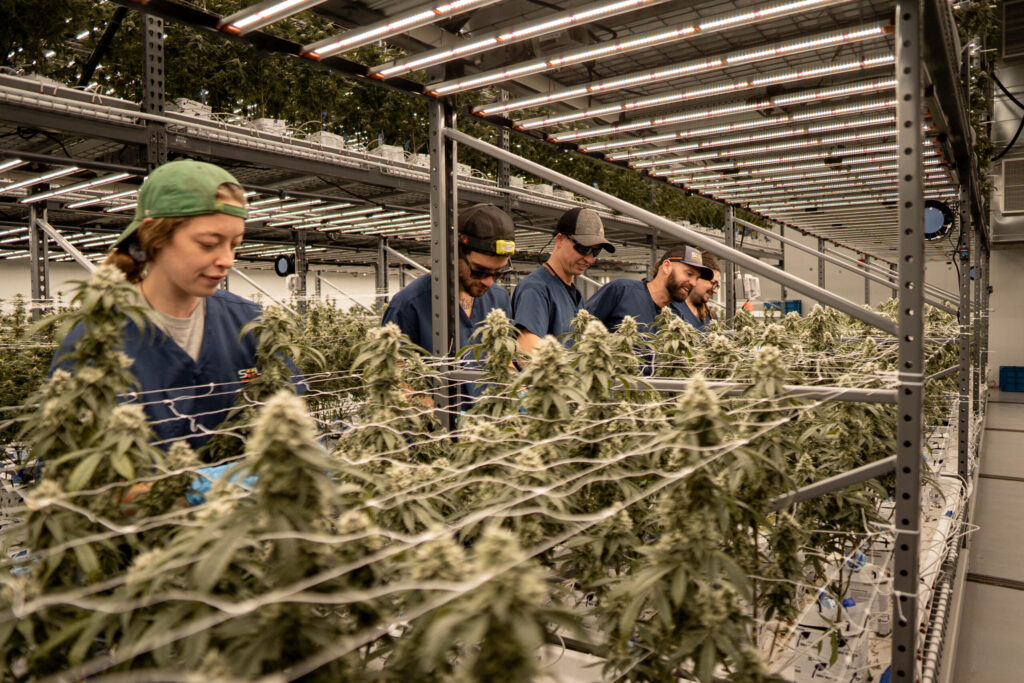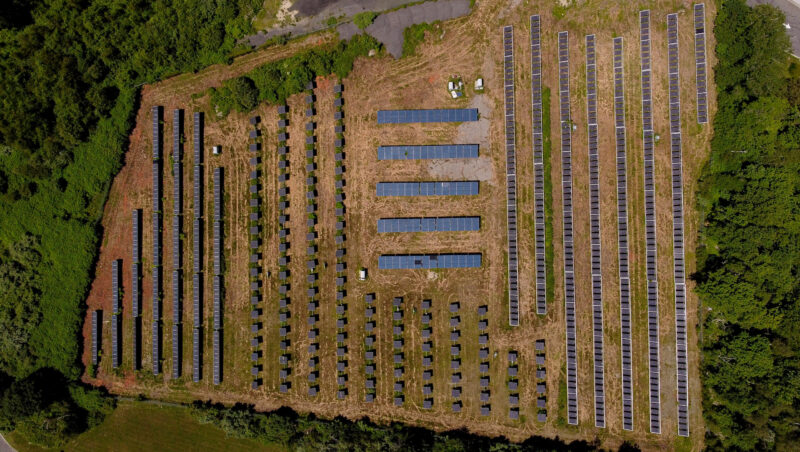The legal cannabis industry in the United States uses a lot of energy. The data is eye-opening. According to the Denver-based National Conference of State Legislatures (NACL), indoor cannabis cultivation makes up at least 1% of national electricity use. In California, data show that figure is closer to 3%.
To put it in other terms, using 2015 figures, the average monthly electricity consumption of a relatively small 5,000 square feet indoor growing facility in Boulder County, Colorado, was 41,808-kilowatt-hours. The average household in the same county averaged about 630-kilowatt-hours monthly.
And there is little indication things have changed all that much amid increasing state legalization of the drug. Not to mention the illicit cannabis industry in such figures.
More recently, estimates show about $6 billion being spent on energy for indoor cannabis cultivation, according to the nonprofit Alliance to Save Energy; that figure matches what the federal government spends on energy use at its multiple facilities. Or, with all the lighting, moisture, and HVAC systems required to provide the best growing conditions for the plant, it’s the equivalent approximately to the energy required to run an additional three million cars, the organization says.
Some regulators and cannabis producers are trying to do something about all that by looking for sustainable solutions to what is an otherwise unsustainable situation.
The Panels Came With It
When Ed Dow was looking for a building in Massachusetts to grow cannabis, he wasn’t necessarily looking for one which happened to have solar panels attached to its roof.
But the facility in Somerset, which currently has about 43,000 square feet of cultivation space but is licensed for up to 100,000, did, and it was a perfect fit for the CEO of Solar Cannabis Co. who said he had been tinkering with engineering ideas as to how to grow cannabis sustainably.

“It is very difficult to get solar panels added after the fact and so I saw that having the solar energy potential could be a gamechanger,” Dow told Cannabis Tech & Today. “The town was supportive of the idea and we brought it all in under budget and faster than anticipated,” he said of the completed project which included changing several by-laws such as making the building permitted for industrial rather than commercial use.
At the same time as Solar’s plans took hold, Massachusetts regulators were stipulating a cap of 36 watts for lighting per square foot of plant canopy, slightly higher at 50 watts for smaller facilities. In Illinois, that 36 watts figure is for all indoor grows regardless of size.
The Massachusetts rule encouraged Dow and Solar even more to use the existing solar panels. “It really snowballed from there,” he said. “I talked with my investor group and we decided let’s take it from there.”
The problem is it isn’t always sunny in Solar’s home state. And battery technology to store solar energy is still very much a work in progress. “We could almost run it on solar if the sun was shining all the time but I don’t know when we could ever go solely solar,” Dow said. “Batteries (for power storage) are becoming more robust but they would have to be a lot more so for us to totally go with solar.”
The company’s solution seems simple enough in concept; build an onsite microgrid to power its cannabis cultivation needs. But if it was such a simple thing to effect, it doesn’t seem to have caught on very much in the industry as a whole.
“It’s incredibly unusual,” Dow said. “I don’t really know of anyone else that is doing this at our scale.” The 5.5 MW microgrid uses a combination of relatively energy-efficient CHP (Combined Heat and Power) and solar energy to power the company’s cultivation process. Some of the electricity produced is sent back to the main grid.
The ultimate goal is to be able to power the company’s needs with electricity provided solely by the sun but that is still a ways off. A target of 50% solar power is the aim over the next few years.
“We currently have a really healthy combination of solar and CHP,” Dow said. “It’s not like we can ever turn the power off and so we have to continually weigh the costs of all that.” The Somerset facility generates about 1MW of solar-powered electricity from the microgrid.
Solution: Recreating the Model
Solar, which currently operates two dispensaries — one at the Somerset site and one in Seekonk, plans to open a third dispensary in Massachusetts in Dartmouth in the summer. It is also seeking to reproduce its model in other states.
While the company already has a medical marijuana retail license in neighboring Rhode Island, it is primarily setting its sights on New Jersey.
Solar has an ongoing cultivation license application in The Garden State and will, if successful, build on its established solar panel and microgrid model from the Somerset facility. The company has already identified a building for such growing purposes.
“We proved the theory and learned a lot from Somerset,” Dow said of the original company building. “We’ll be looking at scaling the battery storage if we win the license.”
Dow is enthused about the opportunities New Jersey may bring. “They are learning from every other state,” he said. “New Jersey is going to be humongous.”
Such expansion does not come easily. While the company has so far avoided any leverage, it is going to have to take on some debt to fund its growth outside of its home state.
“Institutional debt is still expensive but it is much less so than it was a year or two ago,” Dow said. The gamble is that it will all pay off and that the message of cannabis being manufactured in as sustainable way as possible will continue to resonate with consumers both in Massachusetts and with those outside of the state as Solar continues its growth.
“I think consumers are still trending towards a more sustainable product,” Dow said. “I believe the market is trending that way and that people will inevitably move in that direction because of all the hot button issues regarding sustainability; companies have to look at that in their growth plan.”
This article was first published in the spring 2022 issue of Cannabis & Tech Today. Read the full issue here.
Author
-
Nick is an award-winning journalist with several years experience working in a variety of media including digital and print. Originally from the UK, Nick worked as reporter in the London newsroom of Bloomberg for three years before moving to the US where he has lived for the past 18 years. He has covered finance in the cannabis industry since January 2019 for Marijuana Business Daily.







